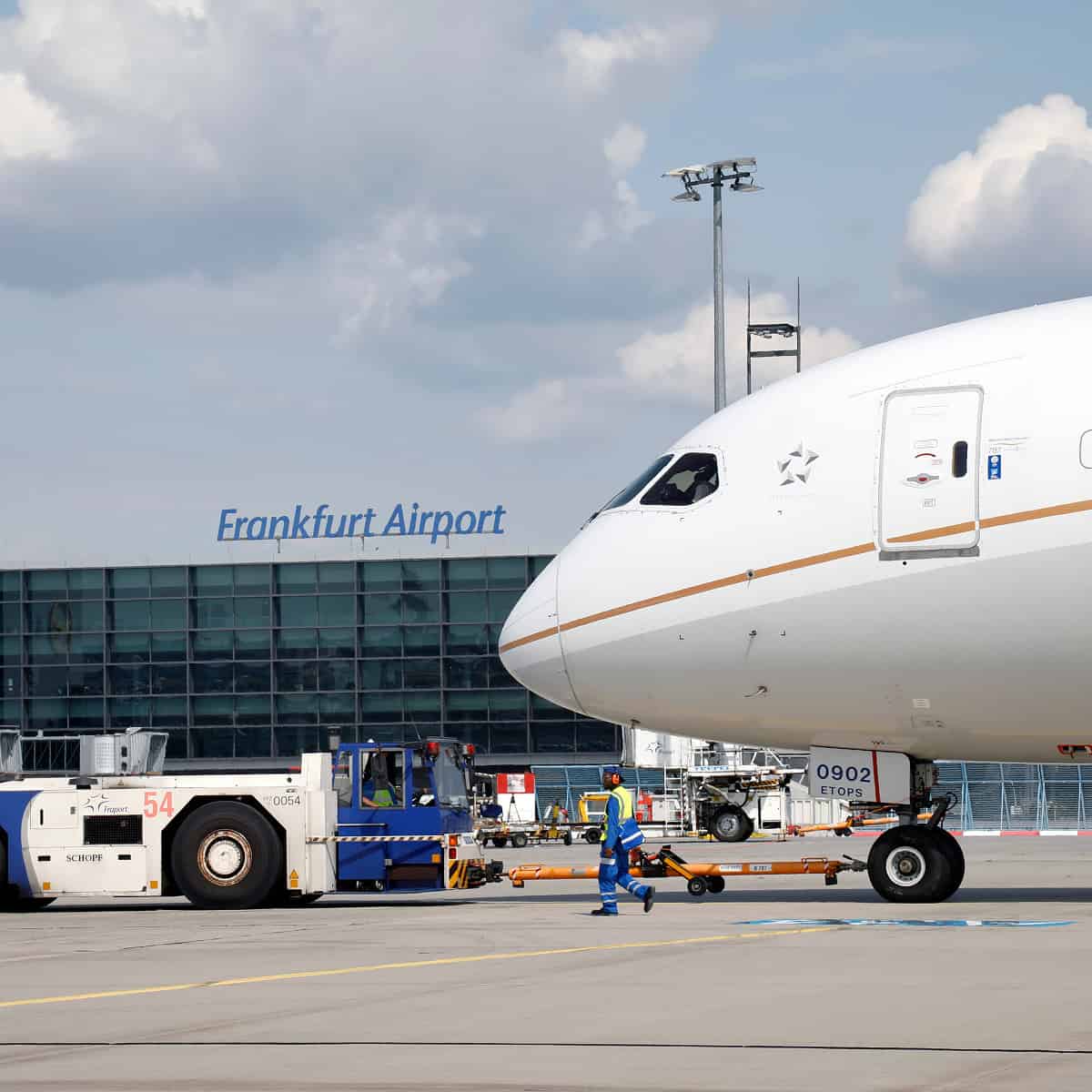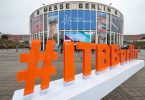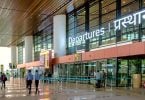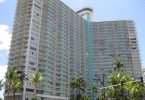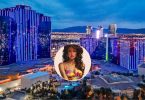HO CHI MINH CITY, Vietnam – While the anniversary of Vietnam’s end of the war and reunification is approaching rapidly, little buzz is given to an event which could have been an opportunity to attract tourists interested to learn and know more about Vietnam’s tragic and eventful present history. This would have been especially significant for the southern part of the country, where April 30, 1975 marked the end of the Republic of Vietnam with its immediate unification under the communist banner of North Vietnam.
Surprisingly, 40 years after the end of the war, some bitterness can still be felt when talking with some South Vietnamese. While a majority have only known the Socialist Republic of Vietnam and is used to the regime, a few people in Ho Chi Minh City still continue to see the North victory as a defeat. It is even for some a treachery as South Vietnam lost its political independence. “We were very much against the Americans during the war. But many of the former members of the National Liberation Front [n.b.: South Vietnam communist movement] feel that the North did not respect them…,” explains an ageing man, who spent over a decade in a re-education camp following the change of regime.
Vietnam will organize on April 30 a military parade in the streets of Ho Chi Minh City. According to the official press agency, VNA, a grand meeting will be held followed by military and civilian parades along Le Duan Street –the street linking the cathedral to the botanical garden, as well as in front of Thong Nhat Square, where the Palace of Reunification stands. The events will be broadcast live on television nationwide, and tourists are more than welcome to join.
For tourists, however, the best way to recall the events of April 1975 is to organize a tour of historical sites of Ho Chi Minh City – with or without a guide. Starting with the most striking of all monuments, the Reunification Palace – previously the Presidential Palace – is a great testimony of the decadent Republic of Vietnam.
Following air bomb attacks by a squadron of rebellious South Vietnamese army pilots over the old French Governor Palace, the South Vietnamese regime decided to demolish the rest of the building and replace it by a brand new representative presidential palace. The palace was achieved in 1966. It has been kept in the state it was when Northern troops took over the place, as if the last South Vietnam president had just left for a holiday. Its 1960s architecture was created by one of Vietnam’s most talented architects of the time, Ngô Viết Thụ, the first recipient in his country of the Grand Prize of Rome in 1955. Official reception rooms and private apartments bring back the luxury life indulged by South Vietnam President Ngô Đình Diệm and his family.
Nearby, the former mansion of the Governor of Cochinchina has been now transformed into the Ho Chi Minh City History Museum. It still contains many pictures and memorabilia of the last days of Saigon as the capital of South Vietnam and is a great place to stroll through the city’s history.
Of course, there is the War Remnants Museum which takes a look at Vietnam at war. For a long time, the institution was called the “Museum of US and Puppet Crimes,” but the name was dropped in 1990, following the re-establishment of diplomatic relations between the USA and Vietnam. It still remains one of the most-visited places in HCMC with half a million visitors per year.
They are more historical places to visit in Saigon which will certainly evocate the tumultuous years of the second Indochina War. The Caravelle Hotel is full of memorabilia – it has a fantastic collection of old pictures and released a book about its history. Its historical terrace is one of Saigonites’ and tourists’ favorites. The hotel used to be a major meeting place for foreign politicians and war correspondents with the presence of Saigon’s bureaus of US channels ABC, CBS, and NBC. Across the Opera square, the rooftop bar was in the sixties a famed hangout spot for US military and war correspondents. And finally in Cholon, the St. Francis Xavier Church witnessed a dramatic event in 1963. The French gothics mall church saw the arrest of South Vietnamese President and dictator Ngô Đình Diệm before being shot down on November 2, 1963. It opened a further period of destabilization in South Vietnam precipitating the fall of the Republic.




